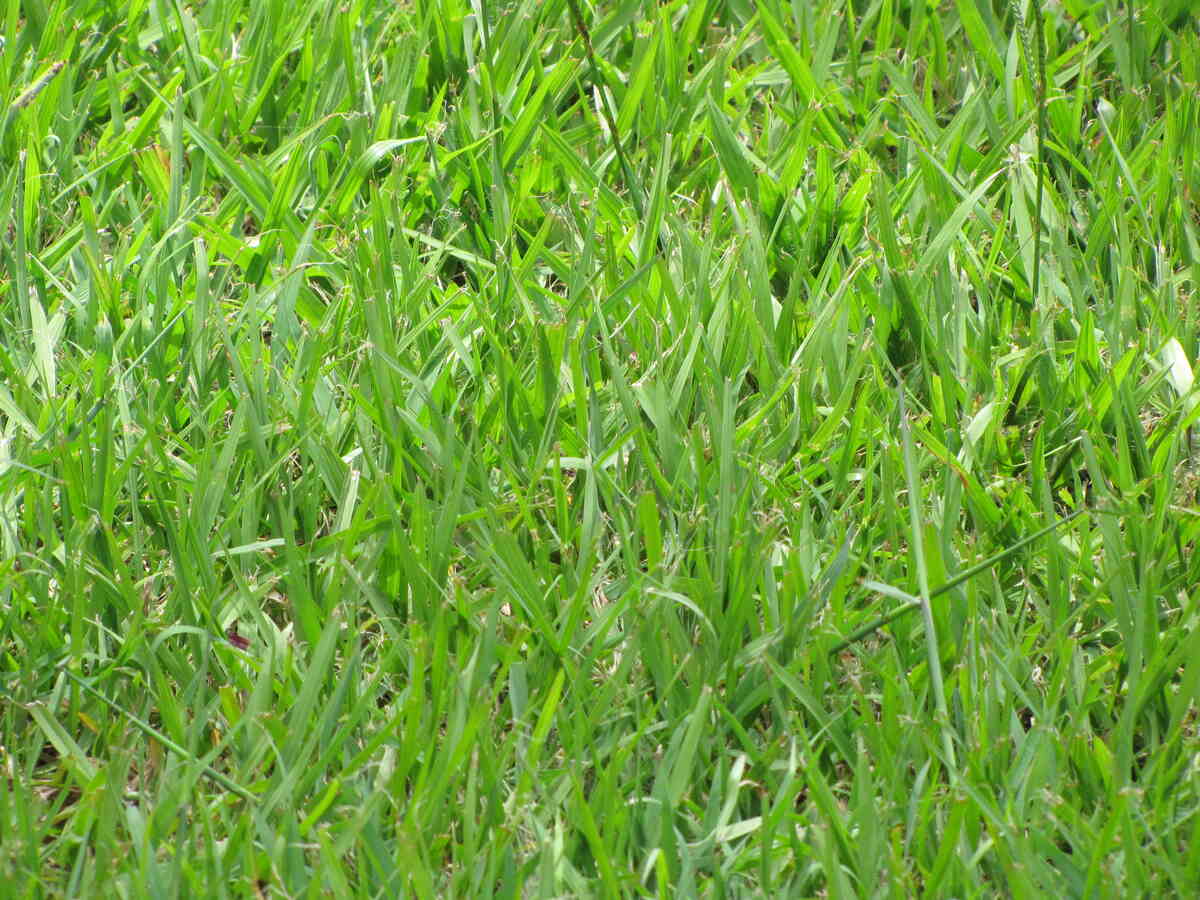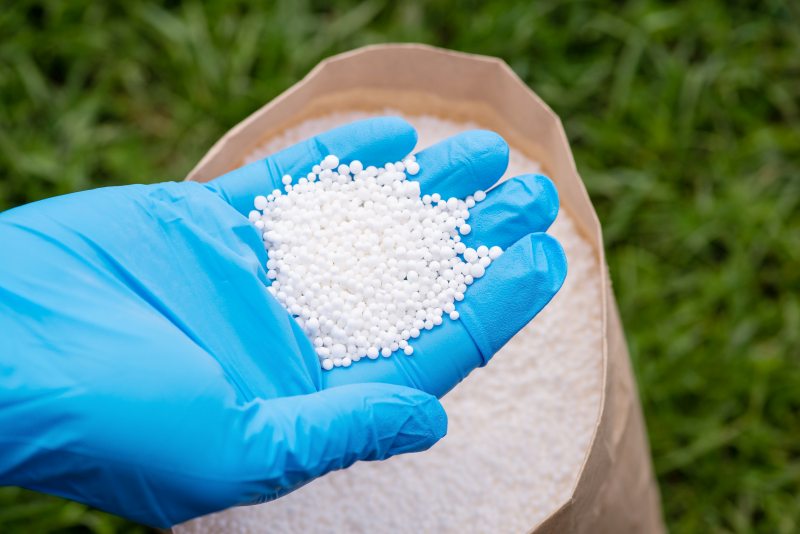
Is your Florida bahiagrass lawn looking lackluster? Proper fertilization is key. Fertilize from spring to early fall in Central and North Florida and all year round in South Florida.
Fertilization promotes strong root growth, improves drought resistance, and enhances the color and density of your bahiagrass lawn. By fertilizing at the right times, you ensure your lawn remains healthy all year long.
Best Time to Fertilize Bahiagrass in Florida
The best time to fertilize bahiagrass depends on your region in Florida. Tailoring your fertilization schedule to local growing conditions ensures your lawn gets the nutrients it needs to thrive year-round.
Central and North Florida

For Central and North Florida, fertilization is most effective during the active growing season, from mid-spring to early fall. Here’s a detailed guide on when to fertilize your bahiagrass lawn:
Mid Spring (April to May)
Start fertilizing in early April for Central Florida and mid-April for North Florida. This initial feeding is crucial as it promotes growth and helps the grass recover from winter dormancy.
Summer (June to August)
Continue regular fertilization throughout the summer. Use a balanced fertilizer to support ongoing growth and enhance the grass’s resilience against heat stress. This helps maintain a lush and vibrant lawn during the hottest months. However, you should avoid fertilizing during drought periods or dry spells.
Early Fall (September)
Apply a final round of fertilizer in early fall. This prepares the grass for the cooler months ahead, ensuring it remains healthy through winter. Be cautious not to fertilize too late in the year, as the grass growth will have subsided by then.
South Florida
In South Florida, where bahiagrass can grow year-round, you may apply fertilizer throughout the year. However, always adjust the frequency and type of fertilizer based on the specific needs and conditions of your lawn.
Check out our article — “Bahiagrass Lawn Maintenance Guide” — for tips on when to fertilize and perform other lawn care chores.
Types of Fertilizer for Bahiagrass

Selecting the right fertilizer is essential for the health and vigor of your bahiagrass lawn. Here’s a guide to understanding and choosing the best fertilizer:
- Nitrogen: Nitrogen is essential for lush, green growth. It’s recommended to use slow-release nitrogen fertilizers for a steady nutrient supply. But if you use quick-release nitrogen, avoid exceeding 0.7 pounds per 1,000 square feet to prevent runoff. Note any summertime fertilizer restrictions in your area.
- Phosphorus: Phosphorus aids root development but should be added only if a soil test shows a deficiency. Many Florida soils already have sufficient phosphorus, so unnecessary applications can cause environmental issues.
- Potassium: Potassium is vital for overall plant health and stress resistance (see “What Does Potassium Do for Your Lawn?”). Balanced fertilizers often meet the potassium needs of bahiagrass.
- Iron: Bahiagrass is susceptible to iron deficiencies, so look for products containing ferrous ammonium sulfate, ferrous sulfate, or other iron chelates. You also should learn to spot iron chlorosis in lawns.
Ready to get started? Check out our article on how to fertilize your lawn to learn the ins and outs before you fill up your spreader.
For Further Reading
FAQ About Fertilizing Bahiagrass
What type of fertilizer is best for bahiagrass?
Use balanced fertilizers like 16-4-8 or 15-0-15, which provide nitrogen, phosphorus, and potassium in the right proportions (Want to know more about these numbers? Check out our detailed guide: “Fertilizer Numbers: Why They Matter and What They Mean”). Slow-release fertilizers are also great for a steady nutrient supply and minimal leaching.
How can I tell if my bahiagrass needs fertilizing?
Look for yellowing leaves, slow growth, and thin, patchy areas. These signs indicate your bahiagrass needs fertilizing. Regular soil testing also can help you identify nutrient deficiencies and plan your fertilization schedule.
Can over-fertilizing harm bahiagrass?
Yes, over-fertilizing can harm bahiagrass by causing nutrient runoff, thatch buildup, and making the grass more susceptible to pests and diseases. Stick to recommended rates and schedules to keep your lawn healthy.
Why is fertilization important for bahiagrass?
Fertilizing bahiagrass helps maintain its health and appearance. While bahiagrass is naturally tough and needs less fertilizer than other warm-season grasses, fertilization:
- Provides essential nutrients that enhance its growth, color, and density
- Promotes strong root development
- Improves the grass’s ability to resist drought and recover from wear and tear
Hire a Lawn Pro in Florida
If you want your bahiagrass to thrive year-round, consider hiring a local lawn care professional. They have the expertise to tailor fertilization to your lawn’s specific needs and can also help with other lawn care tasks like mowing, dethatching, and more. Get in touch with a pro today to achieve the lawn of your dreams.
Main Image Credit: Forest and Kim Starr / Flickr / CC BY 2.0